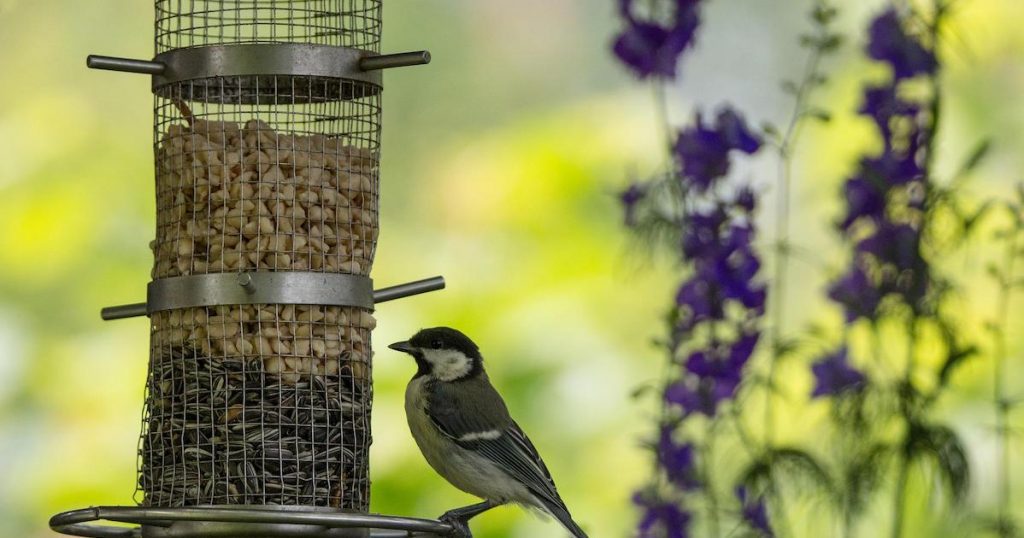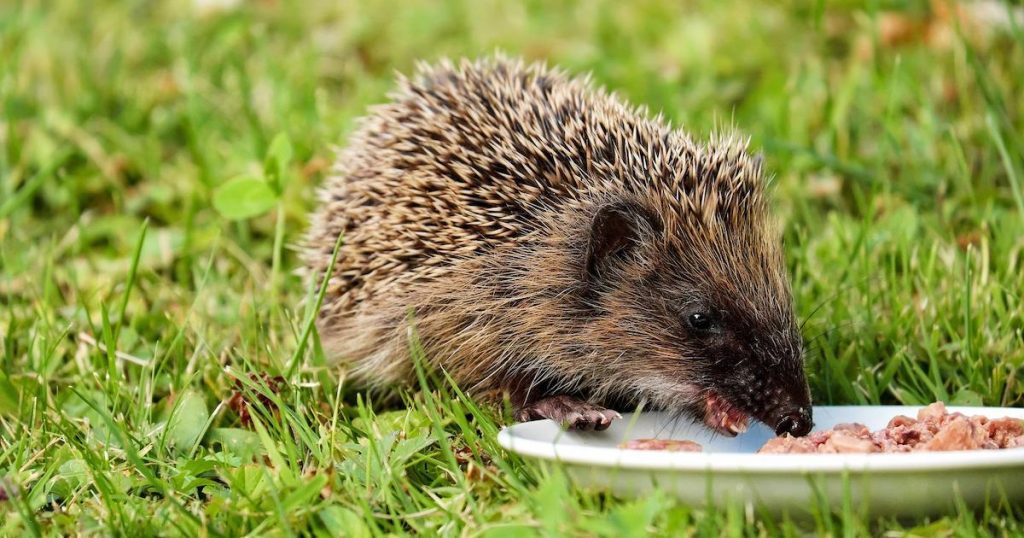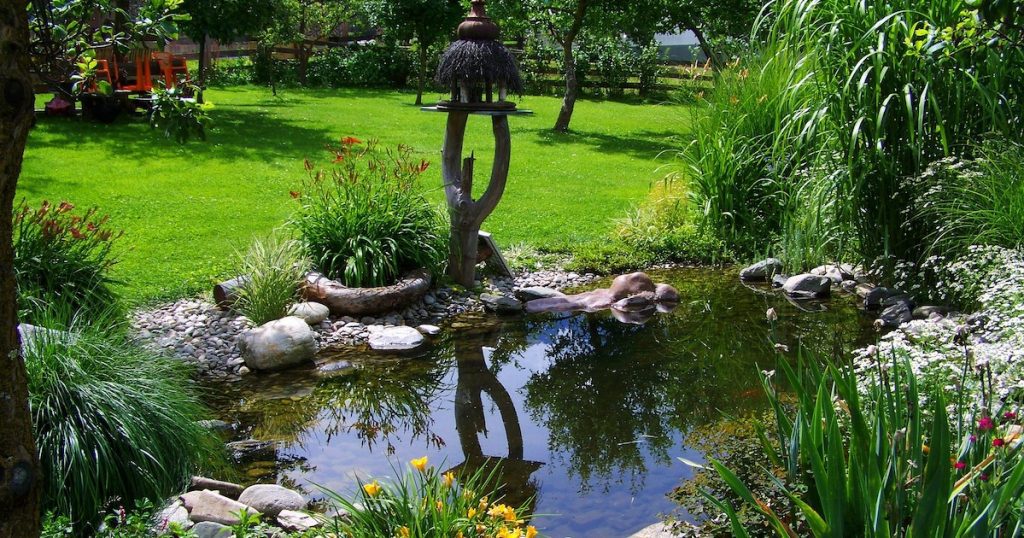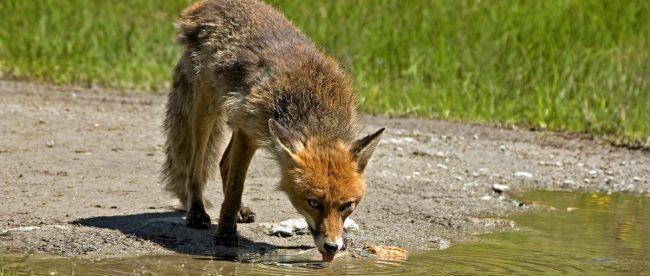How to help wild animals in the drought
|
Listen to this article
Getting your Trinity Audio player ready...
|
Native wildlife isn’t used to this sort of heat any more than we are. Help our wildlife friends during this dry time
It’s hot – too hot for some. Unfortunately, wild animals, birds, fish, or insects can’t sit by a fan like we can. And natural watering holes are drying up, leading to dehydration and heat exhaustion. So how can we help wild animals during the drought?
Maintain cover from the sun
Shade is invaluable to wildlife at this time of year. Your garden can be a haven for it.
Leave long grass, piles of logs and rocks intact. Any and all shade will be greatly appreciated by your garden visitors. Stick up a canopy if you’ve got one, and consider building shady areas with other materials.
Food sources

(Image: pixabay)
The flowers and plants that wildlife would typically feed from can wilt and dry in the drought. Keep any flowers and plants with berries in your garden well-watered. And yes, we know there’s a load of hosepipe bans coming in this week – read some great ideas for saving water here.
Make sure bird feeders are well stocked with nuts and seeds. Cashews, pistachios, almonds, and walnuts are all great sources of protein. Avoid putting salted or roasted nuts in your feeders as these are toxic to birds.
Bowls of meaty pet food are also great to leave out for hedgehogs. The hard, dry ground makes their typical food sources difficult to come by.

Hedgehog tucking in to pet food (Image: pixabay)
Leaving watery fruit and vegetables out is also a good idea – both a food source and a way to rehydrate. Think melons, tomatoes etc
Reduce the heat
Concrete and stone surfaces can become 20ºC hotter than grass. Far too hot for us to stand barefoot on, let alone wildlife. Replace these surfaces with grass or mats to create cooler spaces.
Shade from trees also significantly reduces heat. Plant a native tree in your garden to decrease surface temperatures by 10ºC. If planting isn’t an option, look at screens, shades, free-standing parasols etc
Water sources
Water sources are harder to come by in the hot weather. This is the by far the best way to help wild animals during a drought. Ponds, pools, lakes and so on are often overcrowded by wildlife, or dried up.
Dishes of water
Putting shallow dishes of water out will be appreciated by birds and insects. Try putting some stones in any water sources you leave out. These provide a ledge for insects to climb onto if they fall in.
Keep garden sources topped up
Make sure to keep your pond or bird bath topped up in the summer months. Birds need to bathe themselves regularly to keep their feathers in good condition.

(Image: pixabay)
Follow these tips to save water and reuse it in your garden to top up your pond. Be sure to leave the water out in places where it can’t get hot – and definitely no tin containers!
Spotting when wildlife is vulnerable
Animals that you see behaving abnormally might require help. Look out for things like:
- Birds sitting on the ground
- Nocturnal animals out in the day
- Foxes and other mammals lying still
- Bees lying on the ground
These are all signs that those animals could be experiencing heatstroke or extreme dehydration. Tempting to help – and we wouldn’t want to stop you trying the sugar water for bees trick, but be careful. Remember not to handle any animals without expert advice.
Leave some water close by and contact your local wildlife protection organisation.
You can find your nearest wildlife expert via the Wildlife Trust website.

Lana can usually be found spinning her collection of records, or writing odd poems in her phone notes. Her mixer of choice is a ginger beer, and you’ll never find her away from the sea for more than a few weeks.



Leave a comment